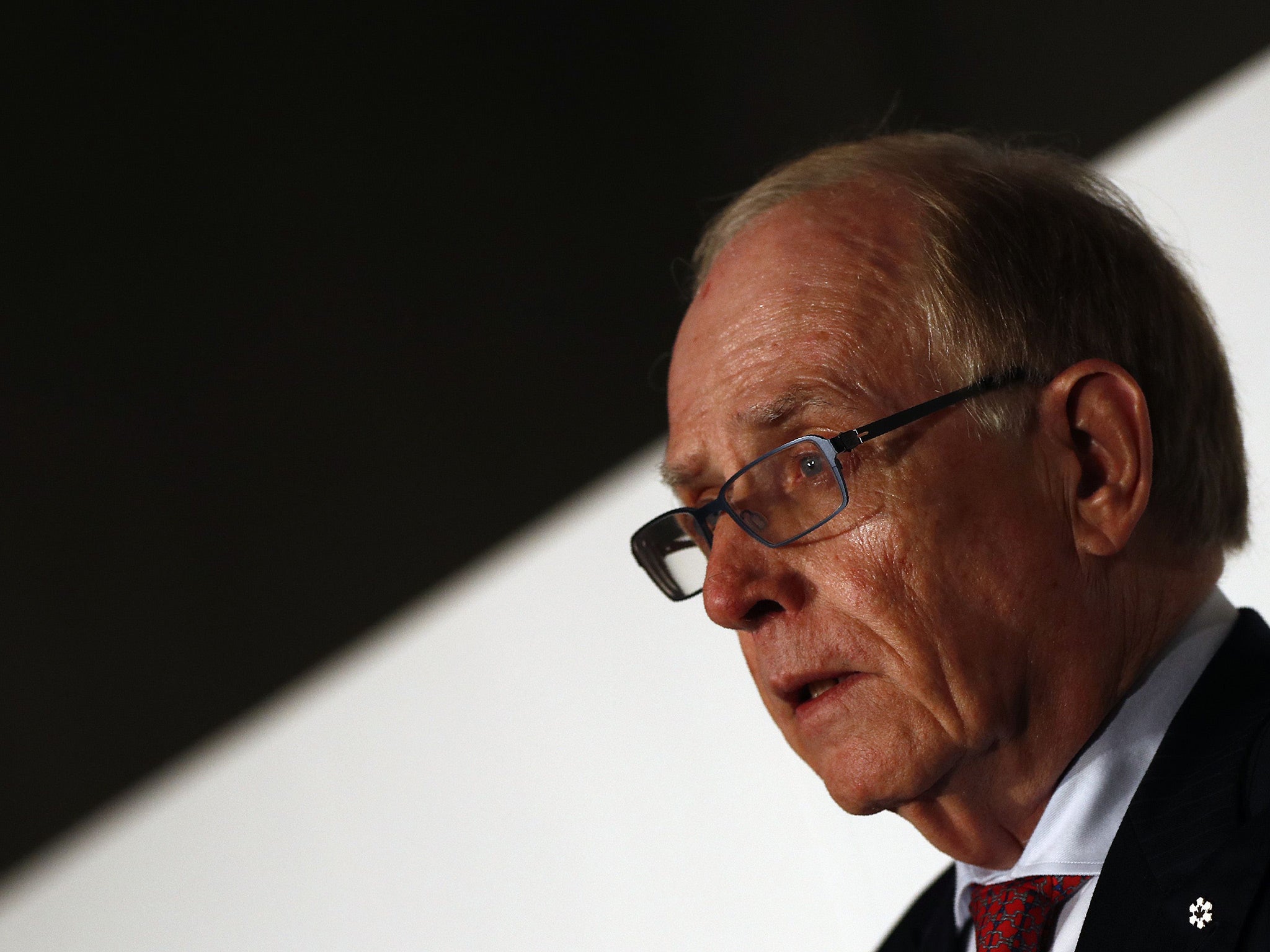More than 1,000 Russian athletes implicated in state-sponsored doping programme, report finds
The claims were made in the eagerly anticipated McLaren Report

More than 1,000 Russian athletes across 30 sports were involved in state-sponsored doping between 2011 and 2015, it has been revealed.
The claims were made in the eagerly anticipated second part of the McLaren Report which was published on Friday morning.
Richard McLaren, who coordinated the investigation into allegations of state-sponsored dopings in Russia, concluded that an "institutional conspiracy" had been at work within the country.
Speaking after the findings had been made public, McLaren said: “We are now able to confirm the findings of the first report: a cover up that dates back to at least 2011 and continued after the Sochi Winter Olympics games. A cover up that has evolved ... and operated on an unprecedented scale.”
“This process [of state-sponsored doping] evolved and was refined at London 2012, the summer University Games at 2013, the Moscow IAAF World Championships in 2013 and of course Sochi 2014.”
He added: "We do have evidence backing up what we said."
A cover up that has evolved ... and operated on an unprecedented scale.
McLaren told reporters his final report provides more detail of just how large the doping conspiracy was, while supplying hard, physical evidence that cannot be contradicted.
And in a clear message to those who criticised his interim report, most notably the International Olympic Committee, McLaren said he was dismayed by the "in-fighting" that marked the build-up to Rio Games and has simmered ever since.
"I find it difficult to understand why we're not on the same team. We have shone a light on a dark secret," he said.
Reading the report, it is difficult to disagree with him. The detail is staggering, even if it is still what McLaren described as "an incomplete picture" given the huge amount of evidence his team has not been able to access.
His team has found evidence that 78 Russian athletes at London 2012, including 15 medallists, had positive tests hidden by the Moscow laboratory. Five of these medallists have not been sanctioned yet.
It is a similar story for the World Athletics Championships in Moscow, where four athletes had their positive samples swapped for clean ones.
And at the 2014 Winter Olympics in Sochi, 12 medal-winning athletes are among those implicated.
Additional reporting by PA
Join our commenting forum
Join thought-provoking conversations, follow other Independent readers and see their replies
0Comments